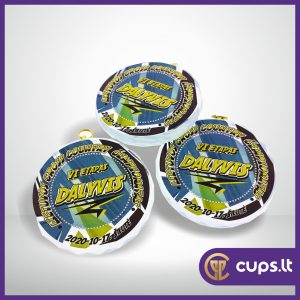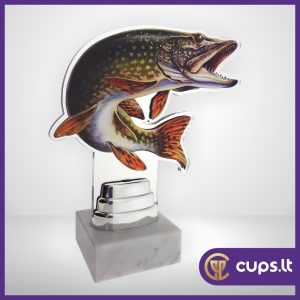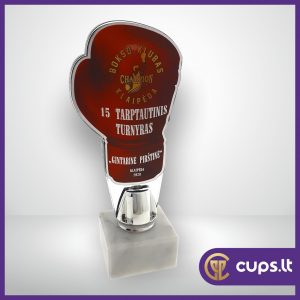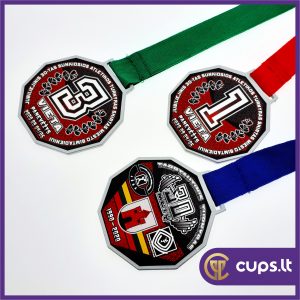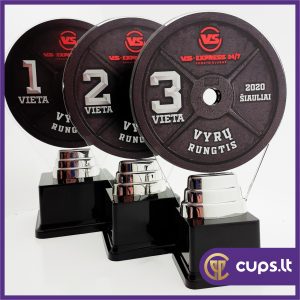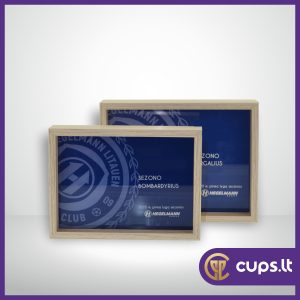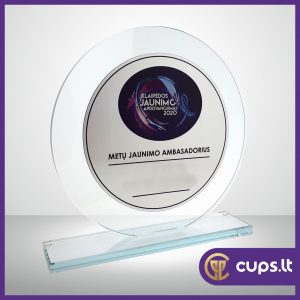Ultraviolet (UV) printing is direct printing on hard or flexible surfaces. This printing uses different inks than conventional printing methods. Instead of liquid inks, UV printing uses a substance that remains liquid until it comes into contact with ultraviolet rays. During printing, these inks are exposed to UV light, which causes them to harden and dry very quickly.
Advantages of UV printing:
Resistance and durability – changes in temperature, humidity, friction, exposure to chemicals and other adverse environmental factors do not affect the printed image. Even after a few years, it looks as if it has just been printed.
Production speed – UV illuminated paint dries immediately, so no additional drying or other preparation is required.
Quality – UV printed products are immediately ready for use, the paint does not blend or abrade, and the printed image is always accurate and vivid. To protect the surface from scratches, the products can be coated with clear UV varnish.
Versatility – because UV ink does not absorb into the surface to be decorated, this technology can be printed on a variety of materials that are not suitable for traditional printing methods.
Chemicals are not released into the environment – because the paint dries immediately, it evaporates in a very short time, which prevents the release of odors and harmful chemicals into the environment.
High contrast – in UV printing, white ink can be used to print on transparent and dark materials, creating a higher contrast in the printed image.
Unlimited choice of colors and shades – the CMYK color palette used in UV printing allows to extract a wide range of shades.
UV printing is suitable for the following materials:
- plastic,
- glass,
- paper,
- plastic film,
- canvas,
- skin,
- stone,
- wood,
- metal.

